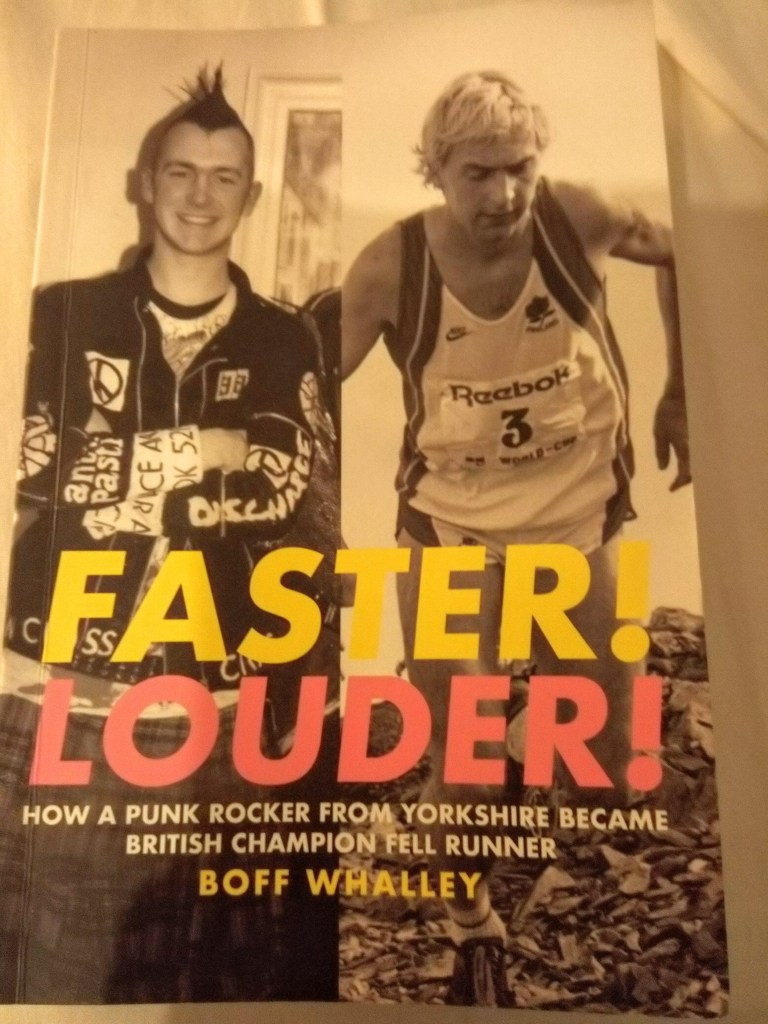
I’m reluctantly accepting that due to a busy period at work I’m not going to run the Tour of Pendle on 20 November. Shame, because it’s a great AL (27km/1473m) at this time of year. Otherwise, I’d be preparing for it from about now, so here’s a few tips for anyone thinking of tackling it for the first time.
Conditions on Pendle in late November can be pretty interesting, so it’s worth being as prepared as possible. Before I raced it in 2018, I did a couple of recces – the first a half-circuit of around 10 miles, the second the full course. This helped me get familiar with the route and also made sure I could make the crucial cut-off (Checkpoint 4, in 2 hours). I was then able to complete the race successfully a few weeks later. From that experience, I’d say it’s worth knowing in advance that:
- There are 5 significant climbs, each one progressively harder than the previous one. The penultimate one, The Big Dipper, is tough enough, but the final one up Big End is the real heartbreaker. Be warned.
- Three quarters of the climbing comes in the second half of the race. Maybe don’t set off too fast.
- The route is roughly a figure of 8, and it will almost certainly be windy on the day. So, if you get a backwind on some stretches, you’re going to get it in the face later on. I remember doing the Half Tour back in 2004 and the headwind being so strong on Spence Moor that I “ran” for about 5 minutes without making any progress at all.
- You’ll probably be able to follow the field in the first half. However, there are some crucial trods and landmarks that are worth knowing in the second half when the field has thinned out. Particularly if it’s misty (likely). On my first (foggy) recce, I ended half a mile up Ogden Clough before realising I was heading in totally the wrong direction. Good to make these mistakes before race-day.
It’s a big field (600 max) so it takes a while for the field to sort itself out. Also, it means parking in Barley can be a bit of an issue, so be prepared for a long walk to registration, and take all your race kit with you.
Latest update (17 Oct) is 316 entries received so far, so still plenty of room. Time to dig out your chequebook (or find a friend who has one). Not bad for £9 – pre-enter here.


